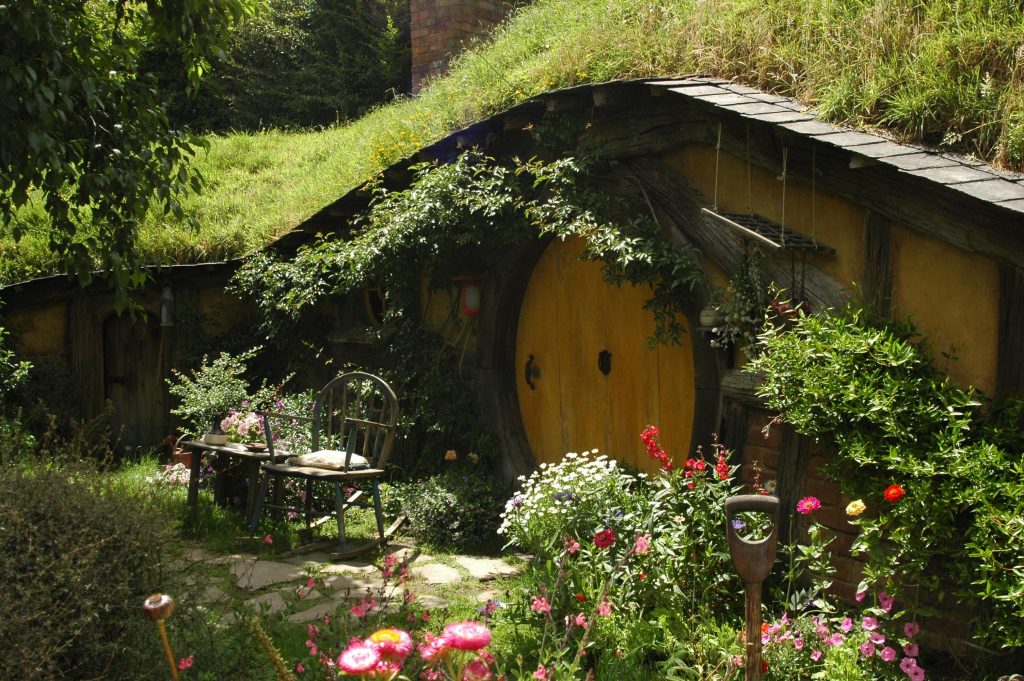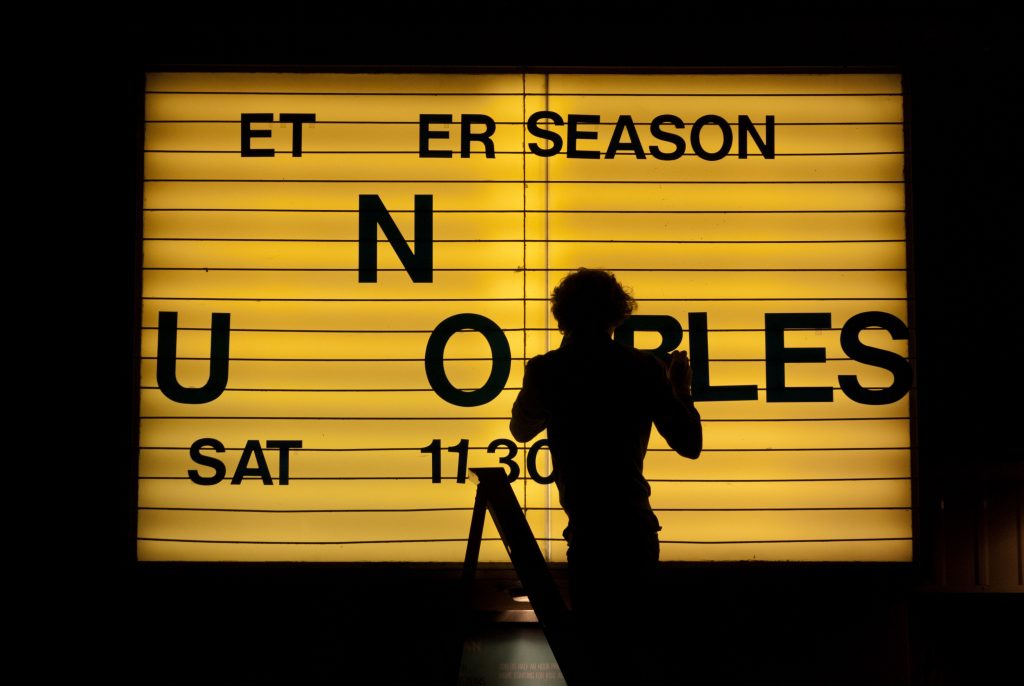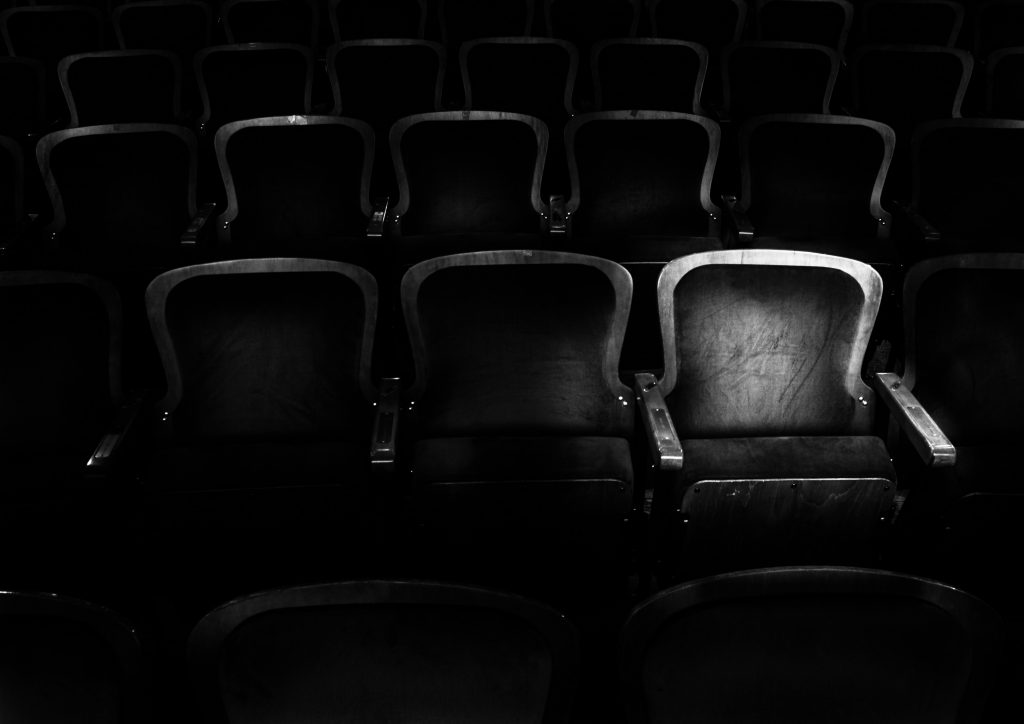Books and Movie Adaptations – So What Does it Take to Get it Right?
What was the latest book you’ve watched? It seems today, more than ever, Hollywood studios are turning stories, comics, and best-selling books into what they hope will be blockbuster movies. Not all books, though, are conducive to becoming movies, and, even if they are, not all adaptations turn out well. What needs to happen to make an adaptation a success?

First of all, it’s important to recognize that books and films are two completely separate media. Films are inherently visual, and filmmakers take great care to frame shots or insert visually enticing effects that will trigger the desired response in the audience. Books, though, have only words to convey all aspects of setting, action, and the characters’ appearances and mindsets. Writers must choose their words and writing style as carefully as a movie director chooses his film stock and actors and expand on that through description. Many adapted films fail because the creators relied too much on the source material’s words and did not enhance them with the visuals, background sounds, music, and the other artistic tools necessary for a visual medium.
In much the same way, you can almost always tell when a movie is an adaptation of a stage play. Instead of opening up the screen to multiple locations and the different types of shots possible with dollies and cranes and hand-held cameras, the director keeps the action primarily on a single set with the characters talking back and forth to each other. While theatergoers expect these types of restrictions, moviegoers expect a more open kind of experience, and the adaptation (no matter how great the acting and/or dialogue) almost always fails as a result.

So how true should a movie be to the source material? Well, that depends on the nature of the original material and the goals of the production team. It is probably safe to say that a movie should always retain the major themes of the book, most of the main characters, a good deal of the plot, and at least some of the language style – in the form of dialogue – that made the book so great. If the major themes are absent, then what’s the point of making an adaptation? Why not just write an original screenplay where you have total control over what you can do? That’s not to say the director can’t expand on the themes with his own interpretation and visual references – in fact, the movie is usually more gripping and powerful if he does. However, going so far as to change the ending so that it undermines those themes is completely inappropriate. Two films that come to mind are the 1995 adaptation of Nathanial Hawthorne’s “The Scarlet Letter” with Demi Moore and Gary Oldman and the 1998 adaptation of Aldous Huxley’s “Brave New World” with Peter Gallagher and Leonard Nimoy. Both films changed the ending so that the main character survives and/or is set free, eliminating the authors’ exploration of oppressive societies and the effects they have on individuals.
In addition, changing too much of the original book leads to too great a change in the tone of the story. If you have a book that is dark and brooding while the film is light and fluffy, the question arises again as to why you’re bothering with an adaptation instead of writing an original story. Occasionally, such changes have worked to great effect. Most notable is the Bill Murray film “Groundhog Day,” a comedic story about a man forced to relive the same day over and over. It was a hit with audiences and even earned Murray an Oscar nomination. It was based, though, on a very dark short film with Kurtwood Smith called “12:01 p.m.”, a film that had a gut-wrenching, tragic ending. Both versions worked, because the writers understood the required elements of comedy and tragedy, respectively. However, this is the exception rather than the rule.

We should also mention that movies, even when they are considered “understated,” have to be larger-than-life. One reason is that they’re being shown on an enormous screen. Another reason is that people look to movies for entertainment and escapism, even if they do have messages in them – if they wanted to see a repeat of daily life, they’d look out the window and watch the neighbors instead of going to the theater. That means that sometimes a book’s facts or plot points need to be exaggerated, or a character has to act in a way to show that he’s a good guy rather than a bad guy because we, the audience, aren’t able to get into his mind any other way. We have to make allowances like these for a book adaptation, again because print and screen are two different media.
Now that we’ve got the basics out of the way, what’s next? Well, we’re going to be posting critiques of a large number of book adaptations for the big screen over the next few months. For each one, we’ll look at the basic source material, its characters and plot and themes, and then we’ll scrutinize the film to see how the adaptation stands up to the source material. We understand that not everyone will agree with the viewpoint presented, and that’s fine. We’re open to spirited debate, and we encourage readers to leave their opinions in the comments section. Please keep in mind, though, that there is no right and wrong – be just as courteous of others’ opinions as you’d want others to be to your own. And if you have any suggestions for book/movie adaptations, please let us know them, too.
See you at the first screening. Starting soon with The Hunger Games!
– Miriam Ruff, Content Creator, PoetsIN
Please follow and like us:
Books and Movie Adaptations – So What Does it Take to Get it Right?
What was the latest book you’ve watched? It seems today, more than ever, Hollywood studios are turning stories, comics, and best-selling books into what they hope will be blockbuster movies. Not all books, though, are conducive to becoming movies, and, even if they are, not all adaptations turn out well. What needs to happen to make an adaptation a success?
First of all, it’s important to recognize that books and films are two completely separate media. Films are inherently visual, and filmmakers take great care to frame shots or insert visually enticing effects that will trigger the desired response in the audience. Books, though, have only words to convey all aspects of setting, action, and the characters’ appearances and mindsets. Writers must choose their words and writing style as carefully as a movie director chooses his film stock and actors and expand on that through description. Many adapted films fail because the creators relied too much on the source material’s words and did not enhance them with the visuals, background sounds, music, and the other artistic tools necessary for a visual medium.
In much the same way, you can almost always tell when a movie is an adaptation of a stage play. Instead of opening up the screen to multiple locations and the different types of shots possible with dollies and cranes and hand-held cameras, the director keeps the action primarily on a single set with the characters talking back and forth to each other. While theatergoers expect these types of restrictions, moviegoers expect a more open kind of experience, and the adaptation (no matter how great the acting and/or dialogue) almost always fails as a result.
So how true should a movie be to the source material? Well, that depends on the nature of the original material and the goals of the production team. It is probably safe to say that a movie should always retain the major themes of the book, most of the main characters, a good deal of the plot, and at least some of the language style – in the form of dialogue – that made the book so great. If the major themes are absent, then what’s the point of making an adaptation? Why not just write an original screenplay where you have total control over what you can do? That’s not to say the director can’t expand on the themes with his own interpretation and visual references – in fact, the movie is usually more gripping and powerful if he does. However, going so far as to change the ending so that it undermines those themes is completely inappropriate. Two films that come to mind are the 1995 adaptation of Nathanial Hawthorne’s “The Scarlet Letter” with Demi Moore and Gary Oldman and the 1998 adaptation of Aldous Huxley’s “Brave New World” with Peter Gallagher and Leonard Nimoy. Both films changed the ending so that the main character survives and/or is set free, eliminating the authors’ exploration of oppressive societies and the effects they have on individuals.
In addition, changing too much of the original book leads to too great a change in the tone of the story. If you have a book that is dark and brooding while the film is light and fluffy, the question arises again as to why you’re bothering with an adaptation instead of writing an original story. Occasionally, such changes have worked to great effect. Most notable is the Bill Murray film “Groundhog Day,” a comedic story about a man forced to relive the same day over and over. It was a hit with audiences and even earned Murray an Oscar nomination. It was based, though, on a very dark short film with Kurtwood Smith called “12:01 p.m.”, a film that had a gut-wrenching, tragic ending. Both versions worked, because the writers understood the required elements of comedy and tragedy, respectively. However, this is the exception rather than the rule.
We should also mention that movies, even when they are considered “understated,” have to be larger-than-life. One reason is that they’re being shown on an enormous screen. Another reason is that people look to movies for entertainment and escapism, even if they do have messages in them – if they wanted to see a repeat of daily life, they’d look out the window and watch the neighbors instead of going to the theater. That means that sometimes a book’s facts or plot points need to be exaggerated, or a character has to act in a way to show that he’s a good guy rather than a bad guy because we, the audience, aren’t able to get into his mind any other way. We have to make allowances like these for a book adaptation, again because print and screen are two different media.
Now that we’ve got the basics out of the way, what’s next? Well, we’re going to be posting critiques of a large number of book adaptations for the big screen over the next few months. For each one, we’ll look at the basic source material, its characters and plot and themes, and then we’ll scrutinize the film to see how the adaptation stands up to the source material. We understand that not everyone will agree with the viewpoint presented, and that’s fine. We’re open to spirited debate, and we encourage readers to leave their opinions in the comments section. Please keep in mind, though, that there is no right and wrong – be just as courteous of others’ opinions as you’d want others to be to your own. And if you have any suggestions for book/movie adaptations, please let us know them, too.
See you at the first screening. Starting soon with The Hunger Games!
– Miriam Ruff, Content Creator, PoetsIN
admin